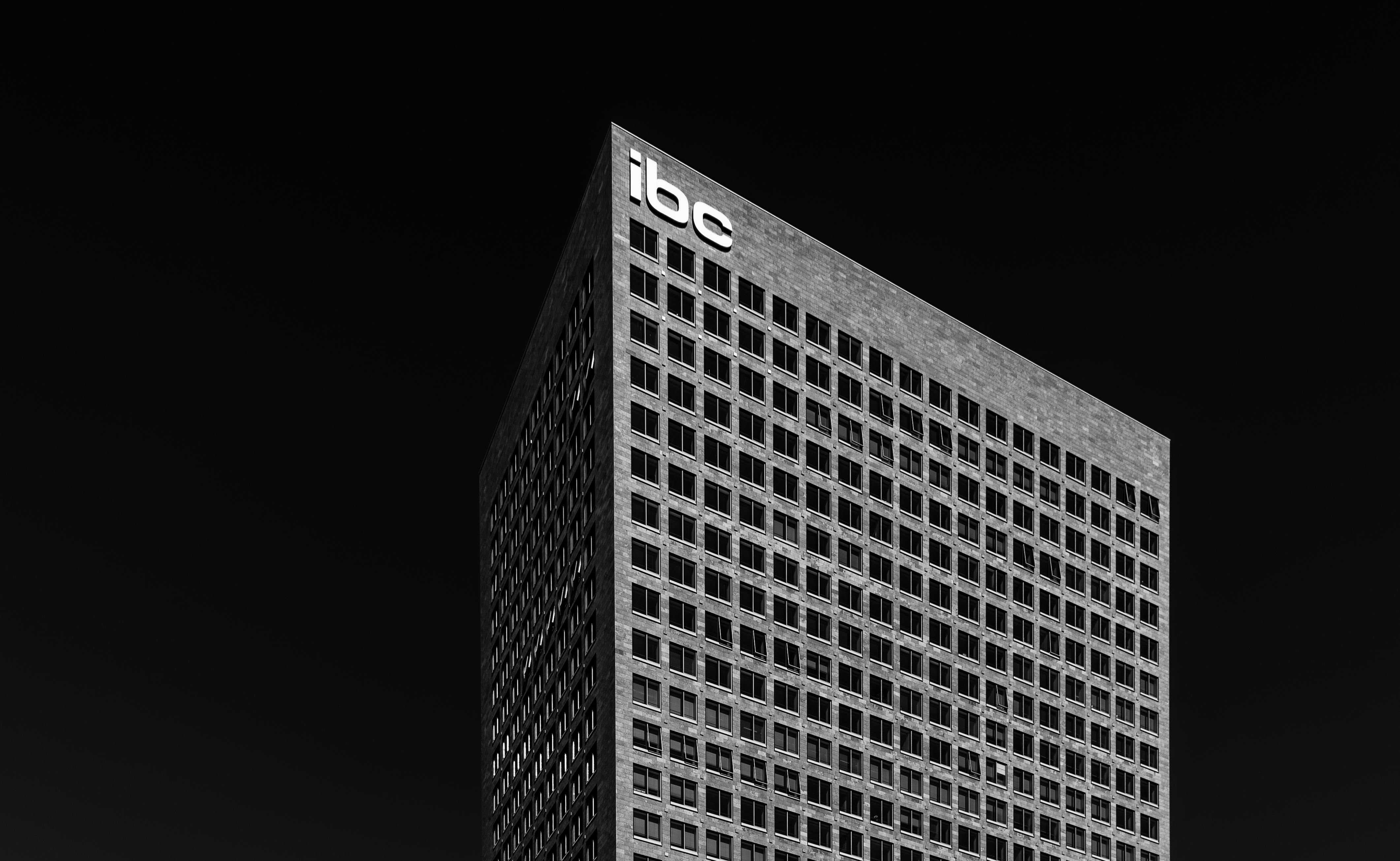
Real estate with no down payment: a curse come true
100% financing or zero down payment on a real estate investment property seems like a fantastic idea. With no start-up money, you can’t seem to go wrong. But that’s not true.
Recently CMHC (Canadian Mortgage and Housing Corporation), which insures unconventional mortgages (mortgages with a down payment of less than 20%) in Canada, introduced 100% financing for investment properties. This same product has been around for a couple of years for the primary residence purchase, but now if you want to get into real estate investing (and your credit is great and you can qualify for 100% financing), you no longer need a stack. of cash to jump! The challenge is to get a high enough rent to cover the mortgage and the 7.25% insurance premium you were beaten with! Here is an example:
* Purchase price of $ 300,000 (100% financed)
* CMHC insurance fee of 7.25% ($ 21,750)
* Total mortgage of $ 321,750
* Amortized over 25 years at an interest rate of 5.99% =
* Monthly payment of $ 2,056.67!
So from the start, you have a negative equity of $ 21,750. If you want to sell that property after 5 years, your mortgage balance will be $ 289,008. The property will have had to appreciate at least 15% during those years just to get a little money (remember there are sales commissions, legal fees, property purchase taxes, etc. that will also come out of the sale price) . .
The next challenge is getting the $ 3,000 rent each month that you would need to run this property. Remember, it’s not just about covering the mortgage. You also have:
* Insurance fees (approx. 5% of the rent);
* Management fees (approx. 5% of the rent);
* Maintenance fees (5% to 10% or more);
* Water, hydroelectric, other public services (2% to 5% of the rent);
* Rates for strata or condominiums, if applicable (10% or more);
* Vacancy coverage (2% to 5%), etc.
In our experience, if you keep your mortgage payment at a maximum of 65% of your rental income, you should be pretty close to having neutral or even positive income. In this example, that means you want to earn approx. $ 3,200 rent to cover everything. Not very likely unless you are managing a pension and that type of property really comes with its own challenges. I know this because I bought two of them, and they are the only two properties that I have ever regretted buying (but that’s a completely different story).
Now, there are two advantages to using the CMHC program:
1. No down payment – you don’t need a lot of cash to start investing; Y
2. Potential for a GREAT return on investment (ROI) if the market is on the rise;
So it’s not the worst thing to use, but be aware of what it will “cost” you in terms of potential negative monthly cash flow and negative equity.
Now, what about other forms of 100% financing? Well, there are creative ways to get 100% financing, like Vendor Take Back (the seller has the mortgage on the property); Obtain a conventional mortgage (loan at 80% of the value) through a bank or lender and then obtain a second mortgage from the seller or a private lender and register it after you buy the property (you must still have the 20% down payment at closure); or using your line of credit for the 20% down payment. So this is not to say that 100% financing does not work or is not useful, it is simply quite expensive to do. Expensive because not only is your monthly debt service (mortgage / line of credit) higher, but generally the interest rate on a second mortgage or line of credit is substantially higher than the rate on a first mortgage.
I have financed 100% once and 98% again, and the only reason I could was because both sellers were highly motivated to sell. Why were they so motivated? Because their properties were trashed and in bad areas. Rent vs. Funding was strong in both cases, so I bought. I would not do it again. As the saying goes, “you get what you pay for”.